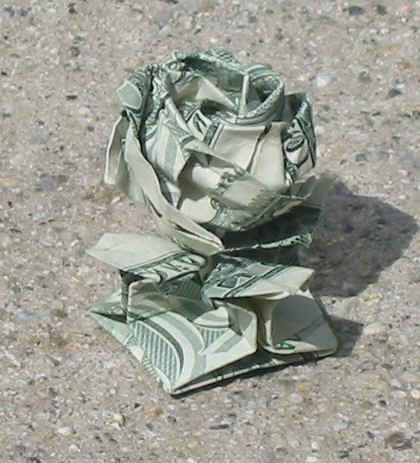I got invited/requested by one of my
Hot Shots, Scarlet, to work her birthday party at the gym last year. That day arrived yesterday.
She was excited all of last week. Excited about me agreeing to be there to work her party.
On Wednesday, I was all over the Hot Shots (team developmental group of 6 year olds),
being knit-picky on their form and quality of execution, relentlessly badgering the Hot Shots on their focus;
the quality of their effort, constantly demanding better.
Finally, the
exasperated once and future birthday queen looks at me and says in a fatigued way, "Please
don't be like this at the birthday party."
One of the special things we did at her party unique to me (as far as parties at this gym goes) is that I folded over 30 gliders for her and her guests:
The Hot Shots got a GoPro camera for me last Christmas. It's pretty cool.





























